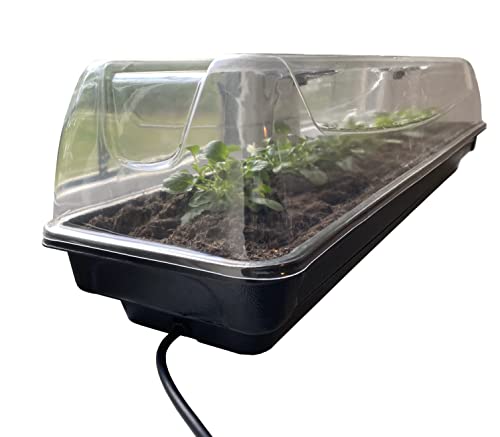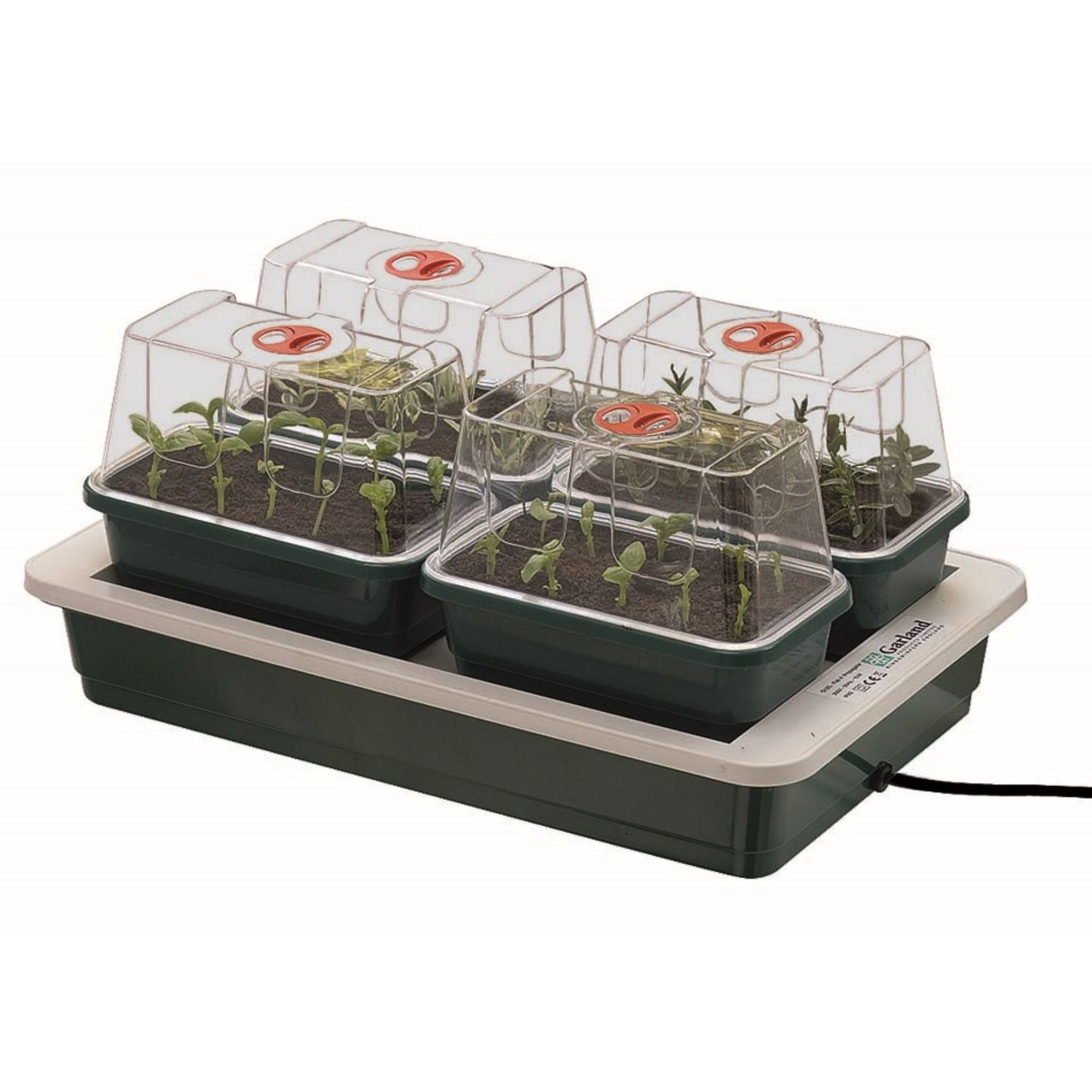Are heated propagators worth it? 3 reasons you should buy one before spring
Squeeze everything out of this gardening year...
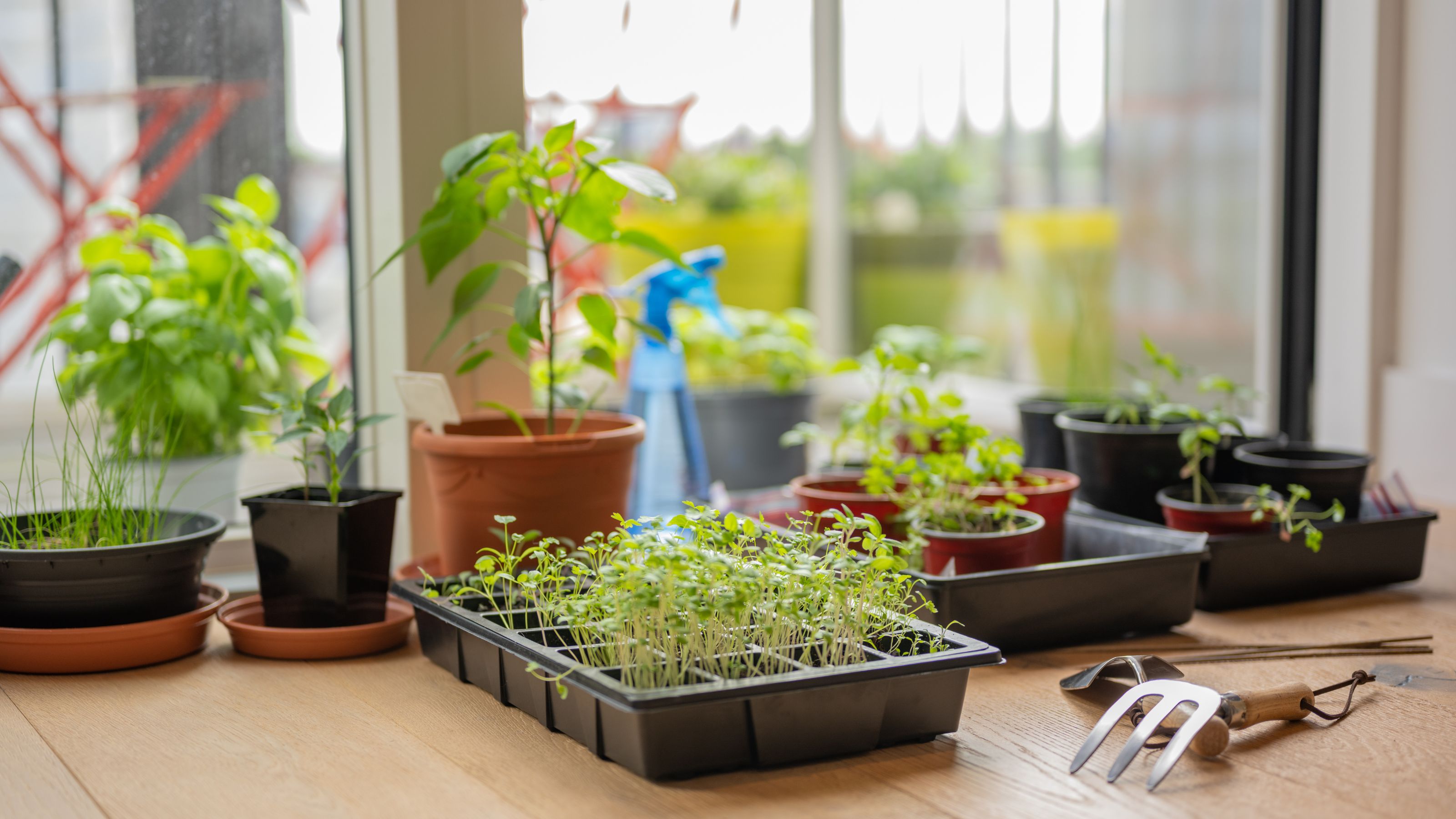

If you've started stocking up on gardening equipment in preparation for spring, you might be wondering the very same thing us as: are heated propagators worth it?
If you've been researching what to sow in January, you'll know that many winter growing guides mention heated propagators. These nifty pieces of kit are essentially lidded trays atop a heating element that you can pop your seedlings in.
'A heated propagator is a gardening tool that allows you to gently heat seeds while they're growing to improve their chances of success,' says Mairi Devlin, head of gardening at B&Q. 'They are a valuable investment for gardeners.'
So, are heated propagators worth it? We think so, and so do the other gardening experts we've spoken to. We've rounded up all of the best benefits to help you decide whether a heated propagator is for you.
Benefits of heated propagators
1. Head start on the growing season
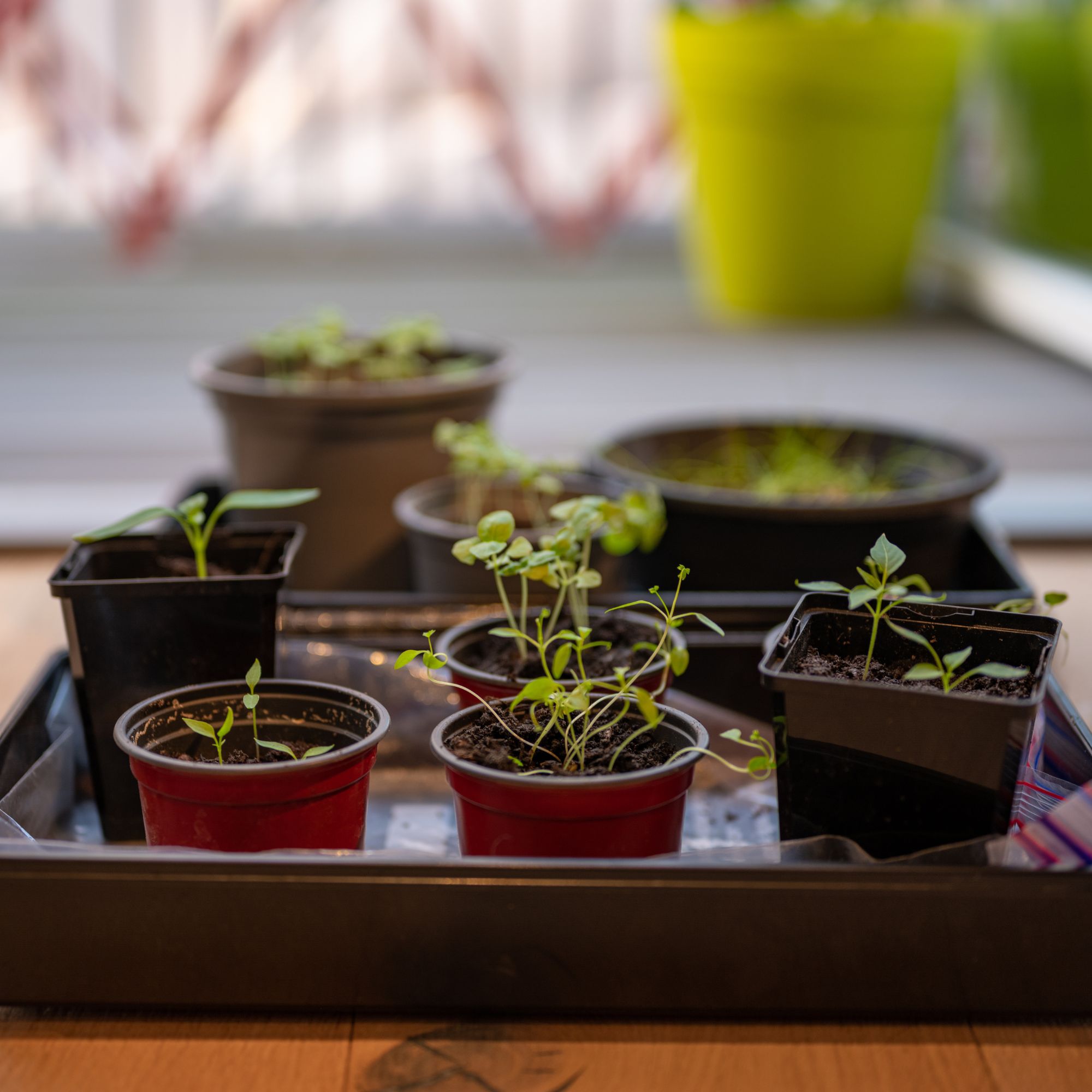
Heated propagators allow you to sow seeds much earlier than normal, which means you can start growing fruits and vegetables as early as January. Flowers, too, can be sown in a heated propagator during the winter, meaning you'll have well-developed young plants come spring.
‘A heated propagator is a brilliant addition to any gardener’s toolkit, especially for those looking to get a head start on the growing season,’ says gardening expert and writer Sarah Raven.
Most seeds require warmth to germinate successfully, so a little extra heat can bring seedlings to life at any time of the year — even on the coldest winter days. That means you can learn how to grow chillies and other summer crops as early as January.
‘A heated propagator is certainly a worthwhile investment,’ agrees David Glass, head gardener at Bowood House & Gardens. 'It creates the ideal environment for seeds to germinate, providing a head start on the traditional growing season.'
2. Stronger seedlings
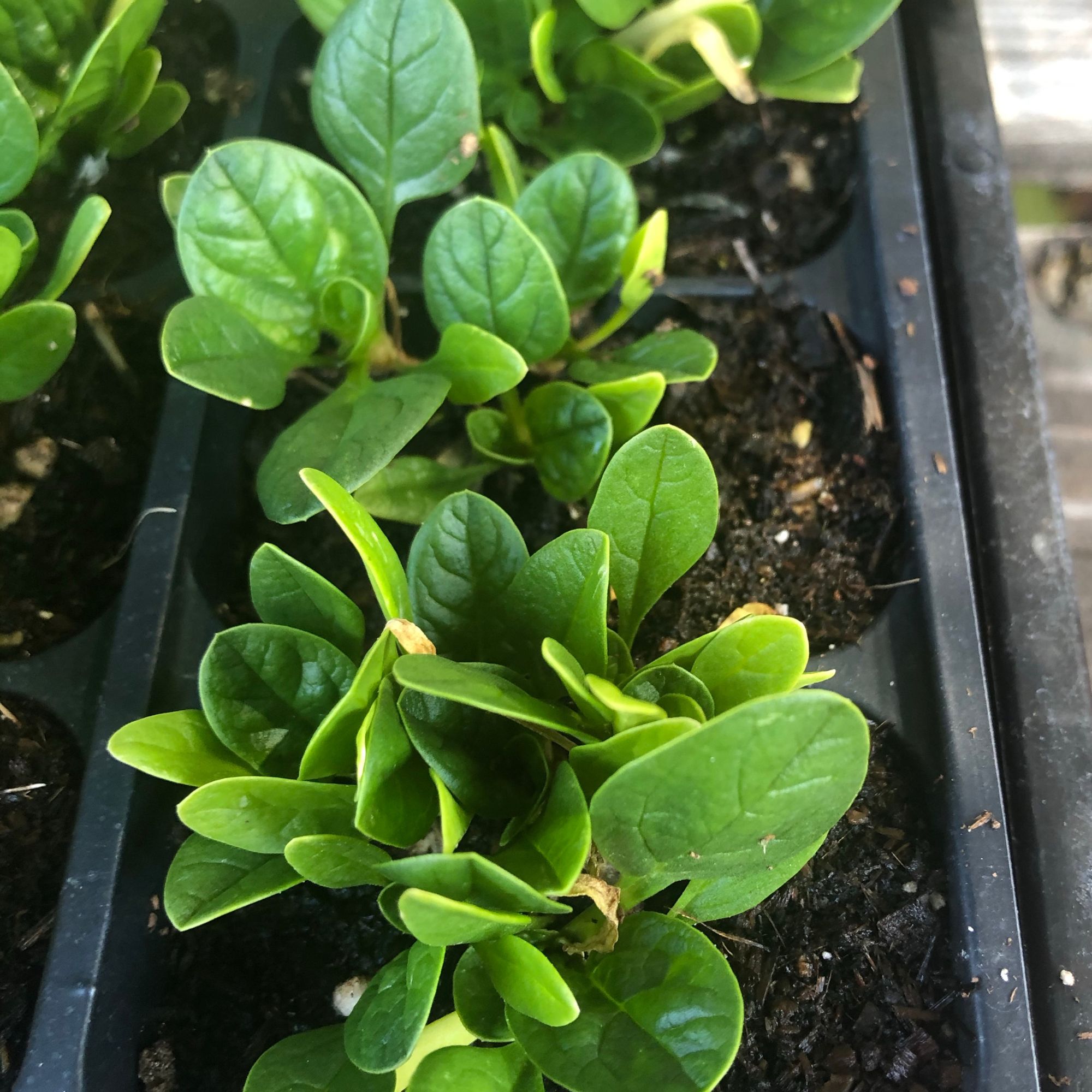
You can say goodbye to leggy seedlings if you have a heated propagator.
‘Providing consistent warmth to the roots helps to promote healthy and strong growth,' explains Sarah. 'Seeds grown in a propagator develop sturdy, well-formed roots, resulting in stocky, productive plants rather than tall, weak ones.'
Plants started in a propagator have a better chance of thriving throughout the rest of the year.
'Overall, a heated propagator creates ideal conditions for nurturing seedlings, leading to healthier plants and improved gardening success,' says Mairi from B&Q.
3. Earlier harvests
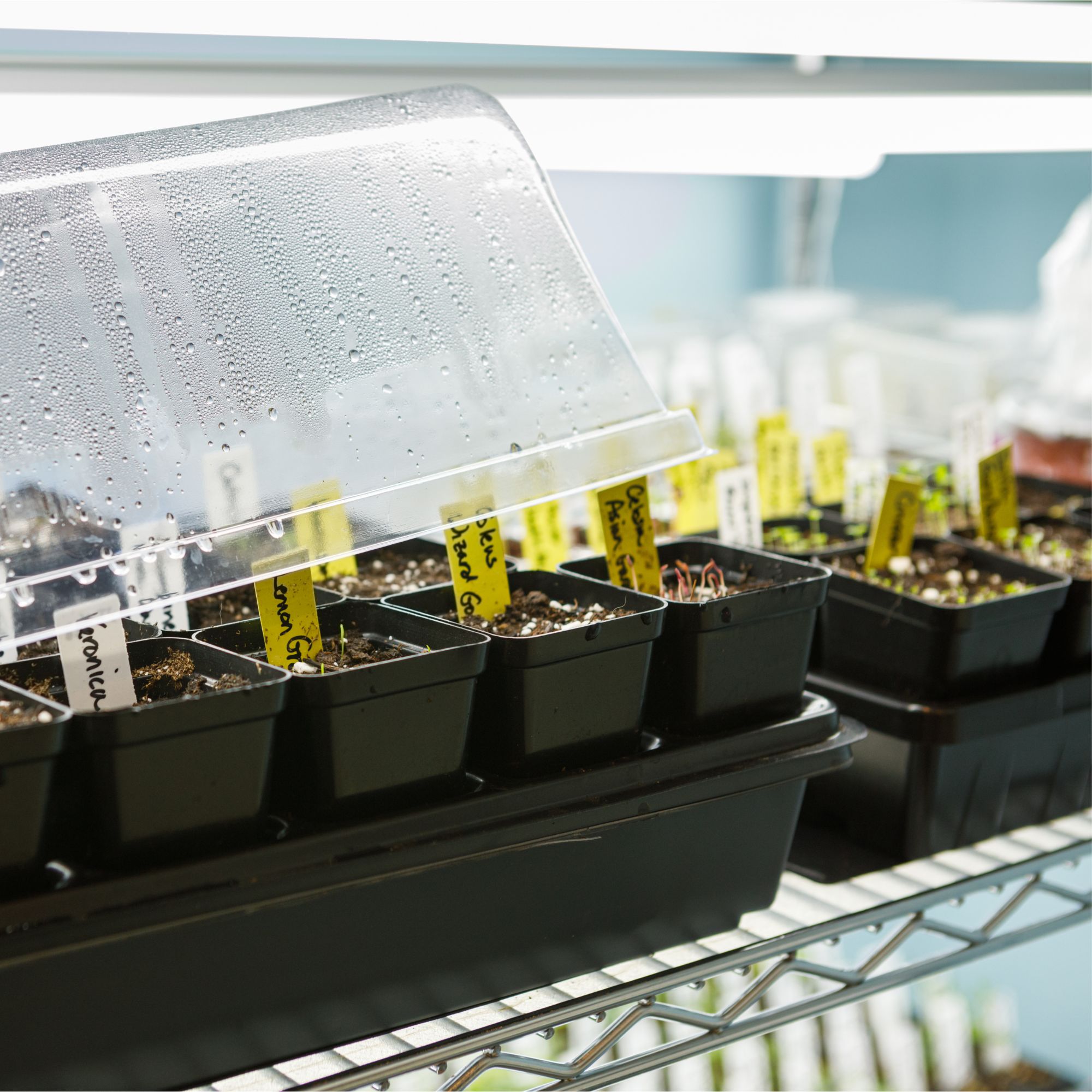
What do earlier sowings and stronger plants mean? Earlier harvests, of course!
That means you could be enjoying fresh tomatoes, aubergines and other propagator-sown vegetables well before your garden neighbours. You'll be able to cut flowers for vases sooner than usual, too.
'Gardeners growing cut flowers such as cosmos or vegetables like tomatoes will notice earlier harvests and higher productivity when using a heated propagator,' says Sarah.
Are there any drawbacks?
So, are heated propagators worth it? For better germination, sturdier plants and earlier harvest, absolutely — in fact, we think they're a huge help for gardeners. But are there any negatives?
The only disadvantage of heated propagators is that they require electricity to run, which means they're a little costlier in the long-term than a standard unheated propagator, like Sarah Raven's propagator set.
That said, heated propagators aren't especially expensive to power. Thompson & Morgan's Super 7 Electric Propagator, for example, costs just pennies a day to run.
'Some of the newer propagators are energy-efficient and come in various sizes, making them suitable for both beginner and experienced gardeners,' says Mairi.
Of course, exact costs will depend on the watt element of each propagator, but most suppliers include energy information in the product description, so you can double-check the running cost before you buy.
Where to buy a heated propagator
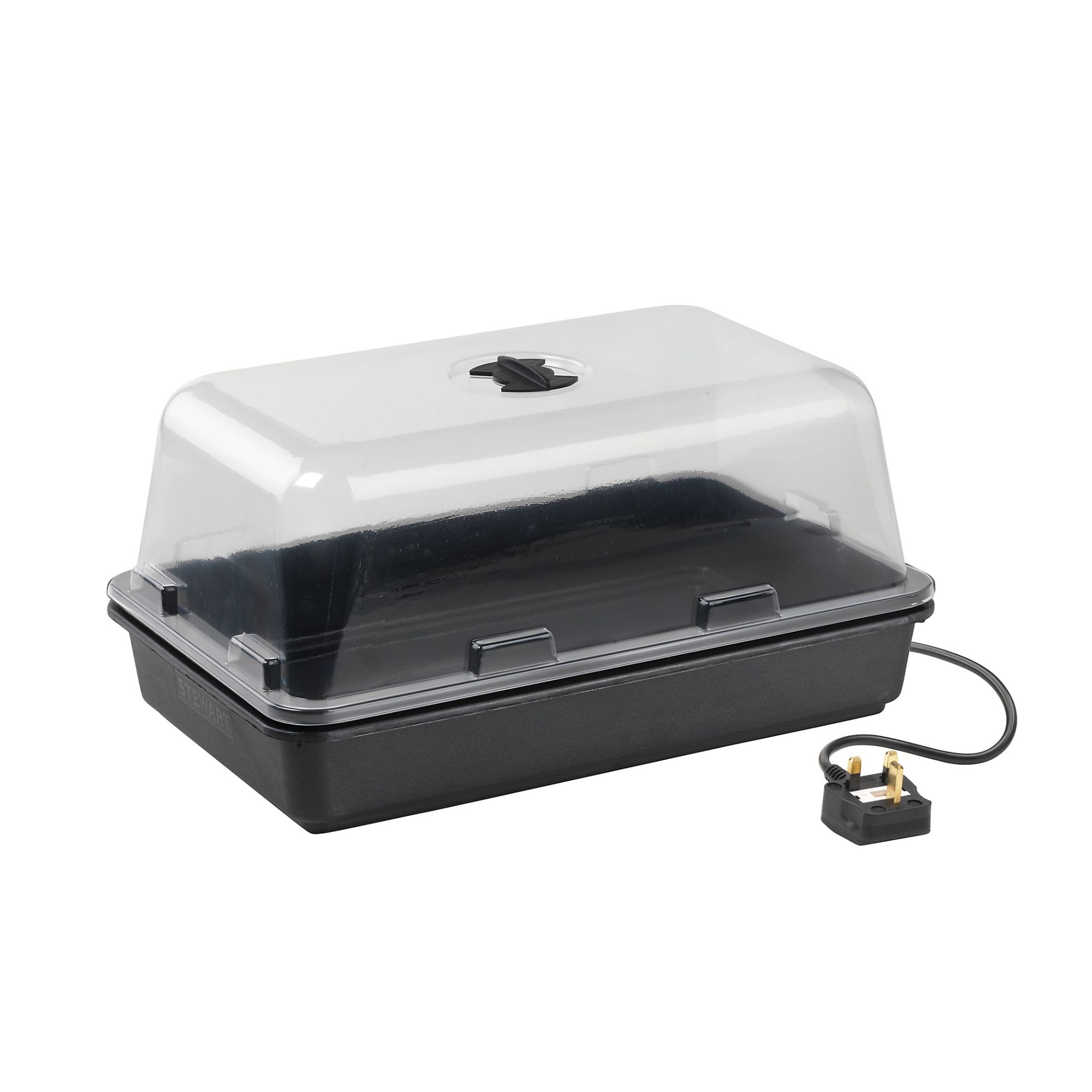
This heated propagator maintains an average compost temperature of 15-20°C with a length of 38cm.
FAQs
What seeds to sow in a heated propagator?
The gardening world is your oyster when it comes to sowing seeds in a heated propagator, but a few fruits, flowers and vegetables appreciate the heat more than others.
Tomatoes, cucumbers and aubergines are all popular choices, but growing flowers like snapdragons, dahlias and sweet peas will also benefit from the added warmth.
How long do you keep seedlings in a heated propagator?
This all depends on the type of plant, but generally, gardeners take seedlings out of a heated propagator after they've grown their first pair of 'true leaves' — the set of leaves that appear after the initial pair of seed leaves.
Don't take them out all at once, though. You'll need to let the seedlings acclimatise gradually to conditions outside of the propagator, so start by removing the lid during the daytime for a few days to a week before removing the lid entirely and turning off the heat. After that, the seedlings should be strong enough to survive outside of the propagator.
So, are heated propagators worth it? Absolutely! Especially if you want to make the most of the gardening year with healthier plants and earlier harvests.
Get the Ideal Home Newsletter
Sign up to our newsletter for style and decor inspiration, house makeovers, project advice and more.

Sophie joined the Ideal Home team as Gardens Editor in June 2024. After studying English at Royal Holloway, University of London, she began writing for Grow Your Own, which spurred on her love of gardening. She's tried growing almost every vegetable under the sun, and has a soft spot for roses and dinnerplate dahlias.
As Gardens Editor, Sophie's always on the lookout for the latest garden trend. She loves sharing growing hacks for every space, from herbaceous borders to balconies.
-
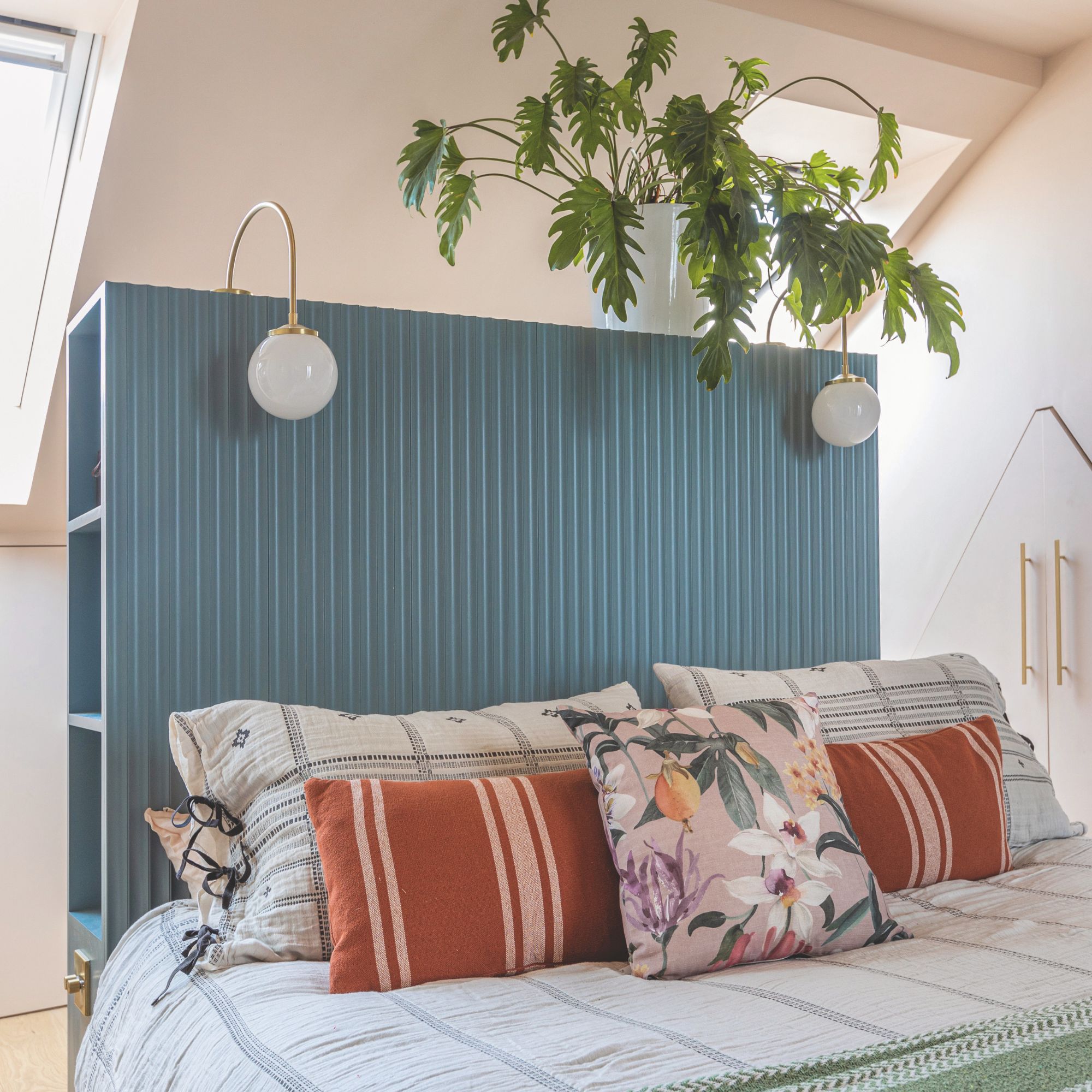 5 signs you’ve taken decluttering too far — and how you can pull yourself back, according to organisation experts
5 signs you’ve taken decluttering too far — and how you can pull yourself back, according to organisation expertsYou might have to start resisting the urge to purge
By Lauren Bradbury
-
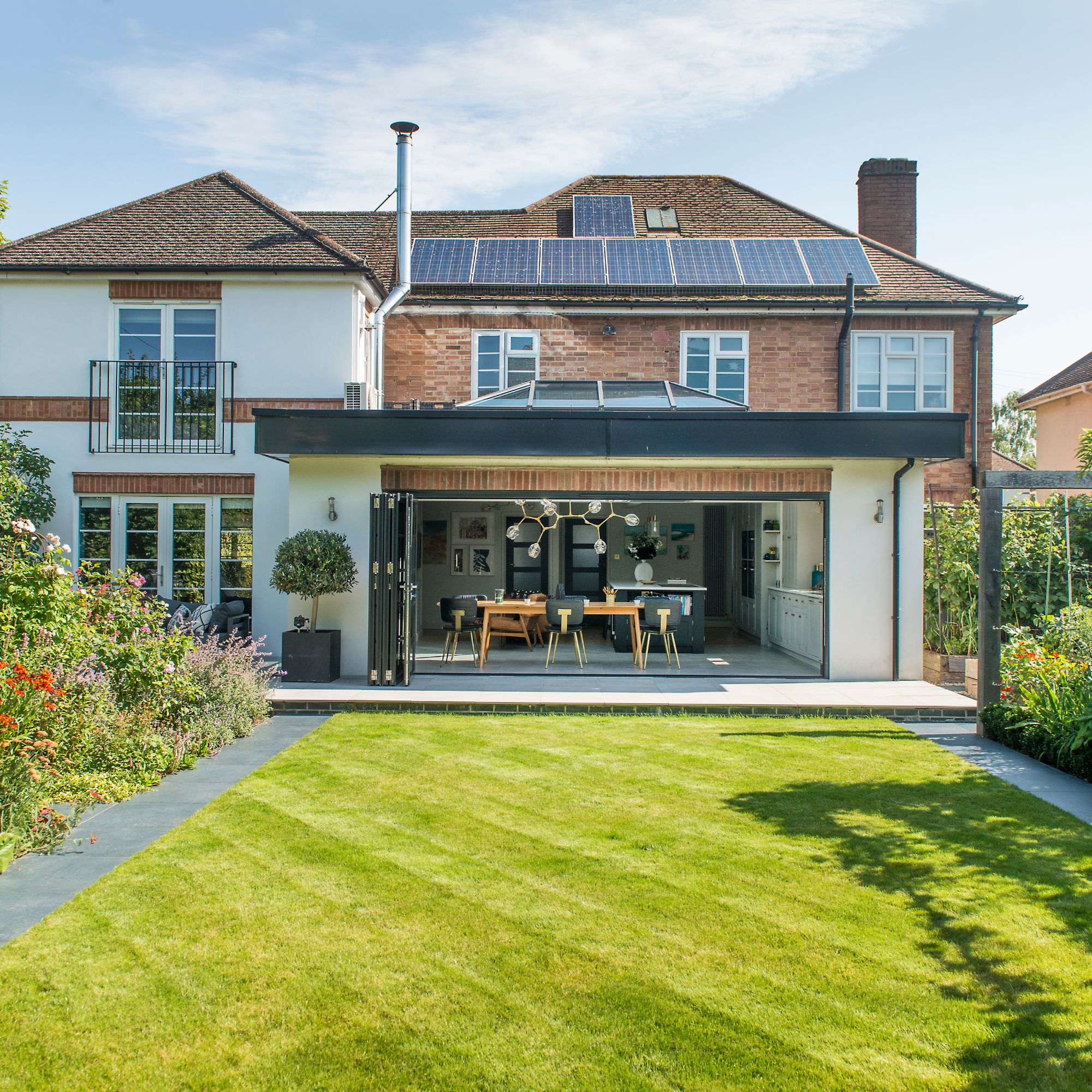 What is the Party Wall Act 3m rule and is it something you should be worried about? This is what the experts say
What is the Party Wall Act 3m rule and is it something you should be worried about? This is what the experts sayDon't get caught off-guard by the Party Wall Act 3m rule — our expert guide is a must-read
By Natasha Brinsmead
-
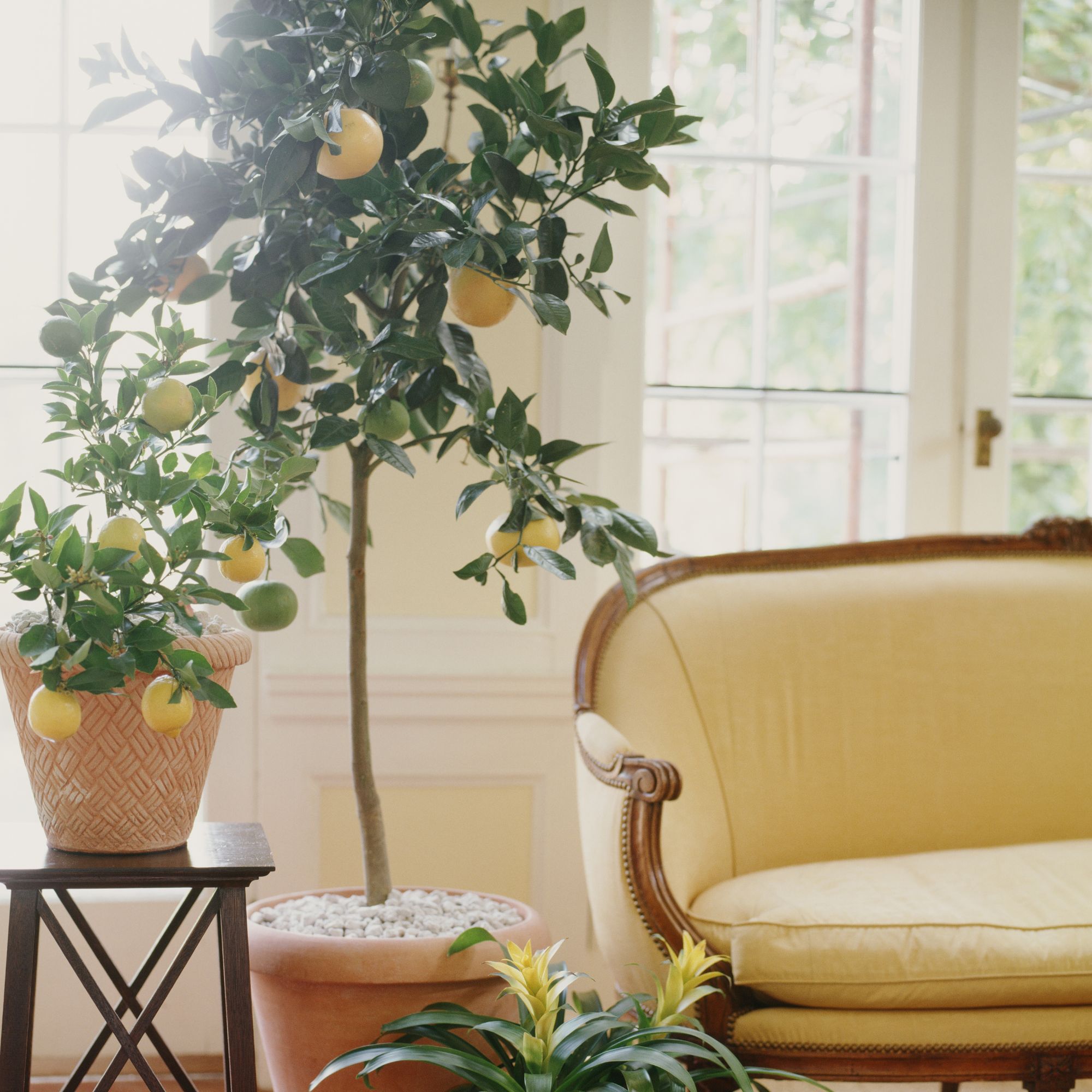 Shoppers can’t get enough of The Range’s lemon tree, but I’ve found an even cheaper bestseller at B&Q - it’s perfect for a Mediterranean look
Shoppers can’t get enough of The Range’s lemon tree, but I’ve found an even cheaper bestseller at B&Q - it’s perfect for a Mediterranean lookWelcome the summer with this glorious fruit tree
By Kezia Reynolds
-
 Shoppers can’t get enough of The Range’s lemon tree, but I’ve found an even cheaper bestseller at B&Q - it’s perfect for a Mediterranean look
Shoppers can’t get enough of The Range’s lemon tree, but I’ve found an even cheaper bestseller at B&Q - it’s perfect for a Mediterranean lookWelcome the summer with this glorious fruit tree
By Kezia Reynolds
-
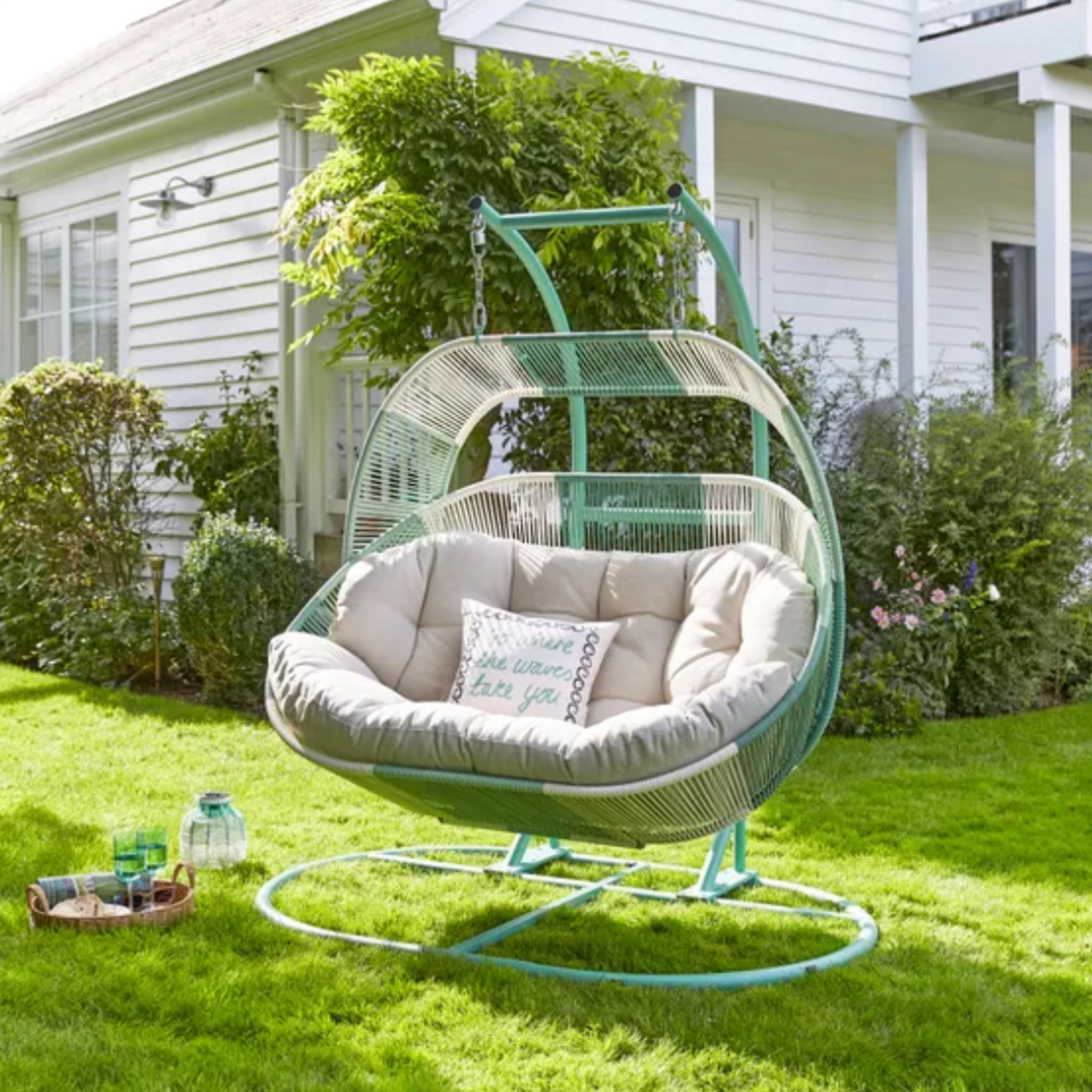 I'm a stylist with an eye for expensive-looking high street finds – these 6 garden furniture pieces at Dunelm are on my radar
I'm a stylist with an eye for expensive-looking high street finds – these 6 garden furniture pieces at Dunelm are on my radarThese pieces all look more than their price tag
By Laurie Davidson
-
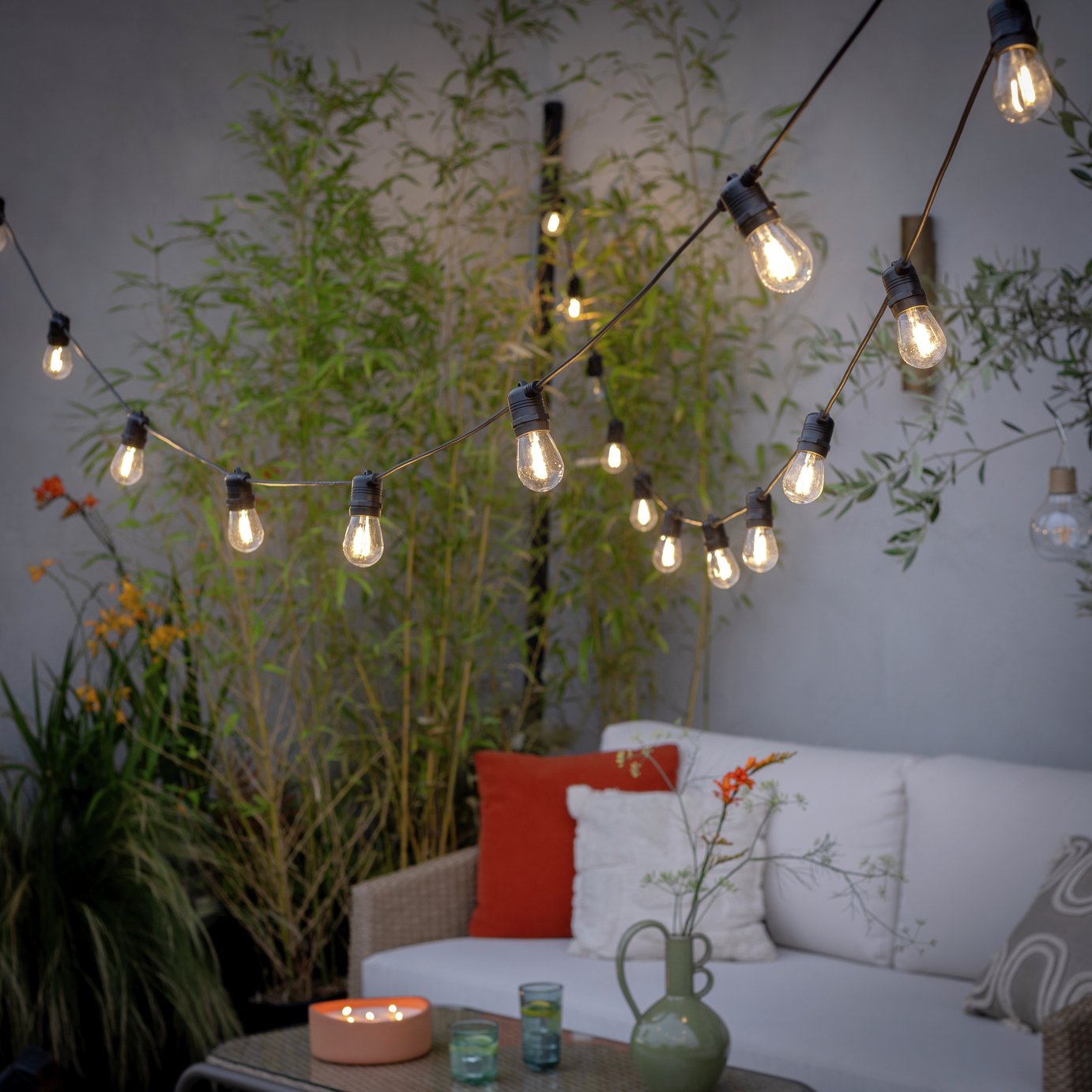 The 6 outdoor lights from Habitat that I'm choosing between to make my outdoor space look more expensive this summer
The 6 outdoor lights from Habitat that I'm choosing between to make my outdoor space look more expensive this summerI couldn’t believe some of the prices
By Ellis Cochrane
-
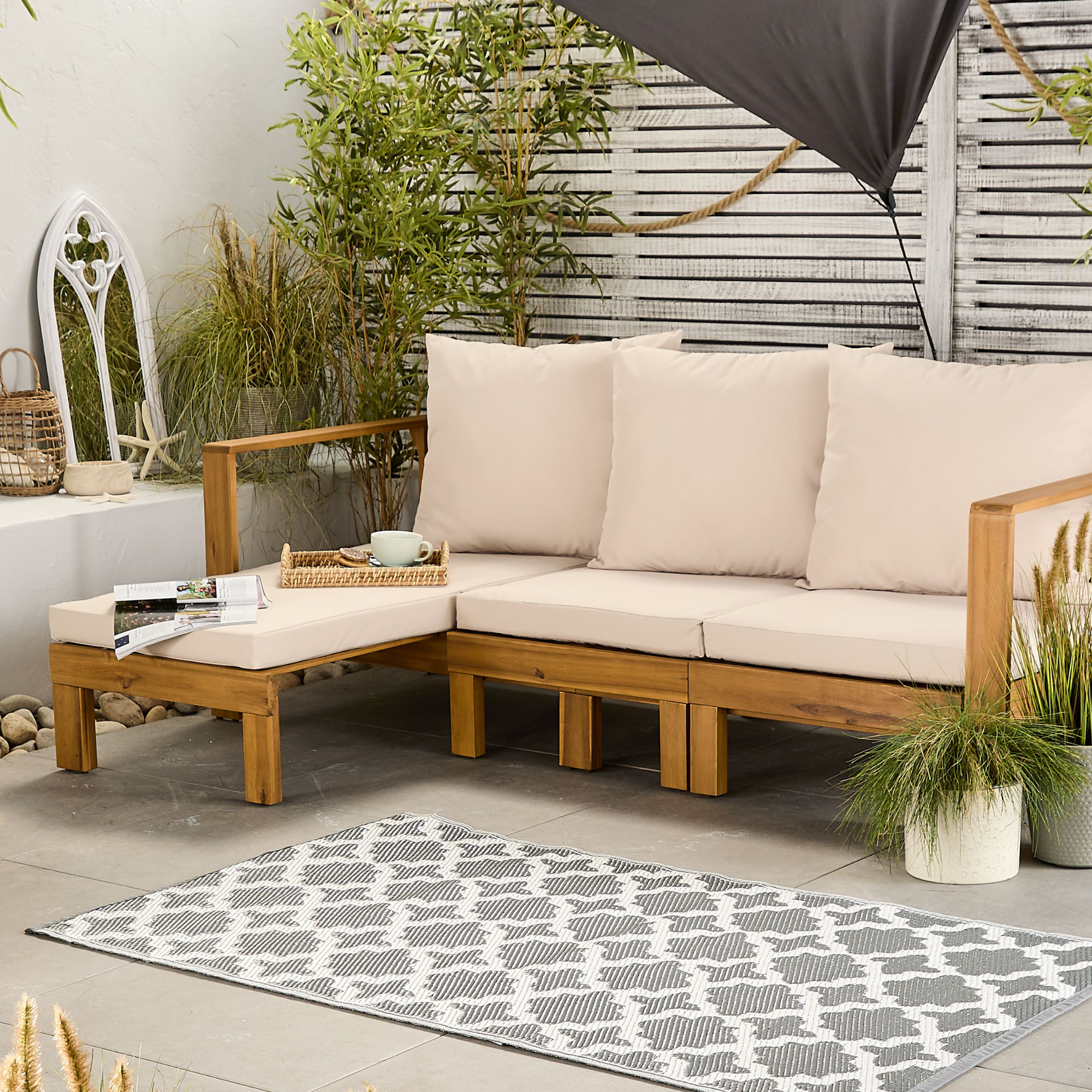 Aldi is launching a £200 day bed with four different features - its sleek design is suited to the whole family
Aldi is launching a £200 day bed with four different features - its sleek design is suited to the whole familyYou don't want to miss out on this Specialbuy
By Kezia Reynolds
-
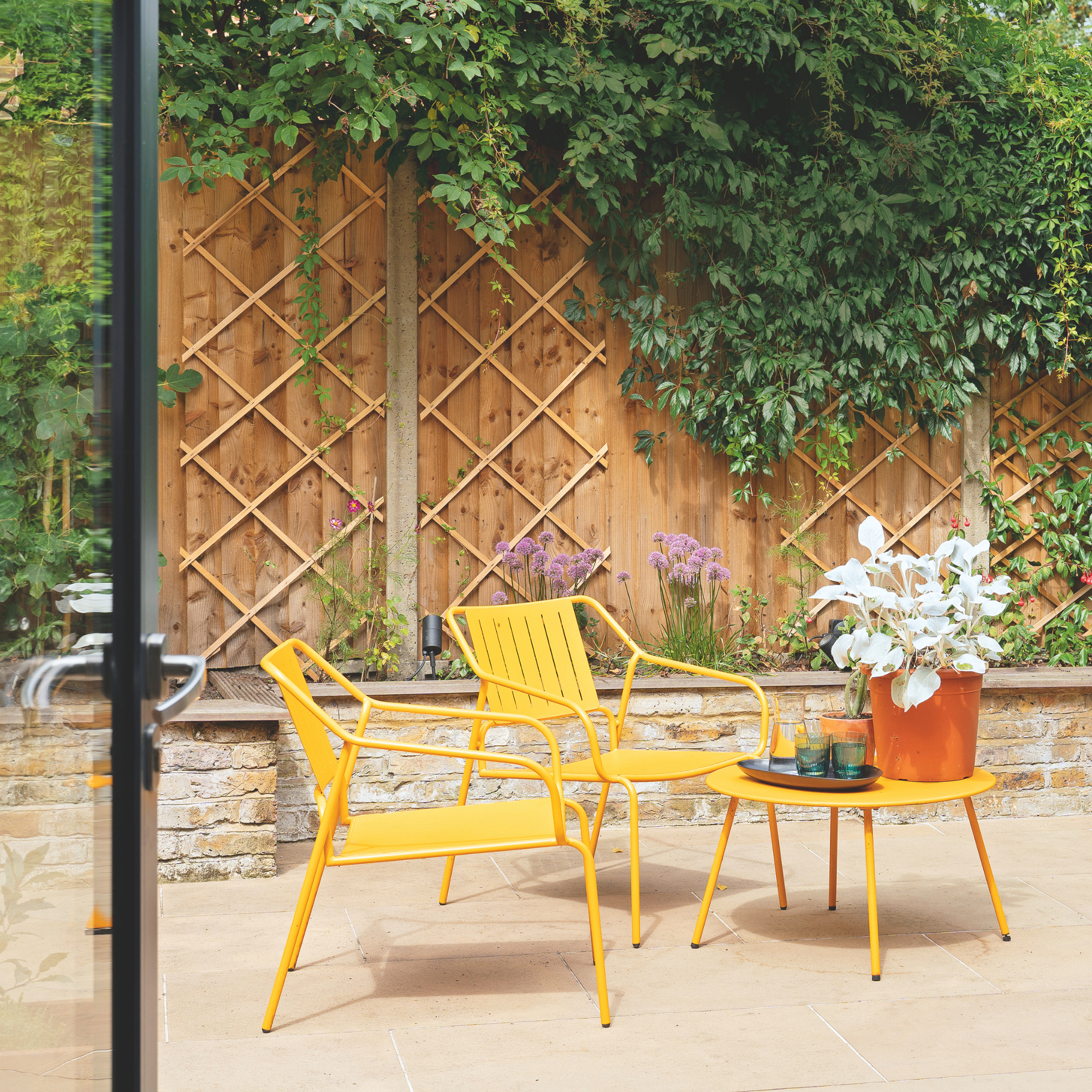 I’m seeing pastel garden furniture at all my favourite brands this spring, but QVC’s sorbet collection impressed me the most
I’m seeing pastel garden furniture at all my favourite brands this spring, but QVC’s sorbet collection impressed me the mostFresh pastel shades are a great way to liven up your outdoor space
By Kezia Reynolds
-
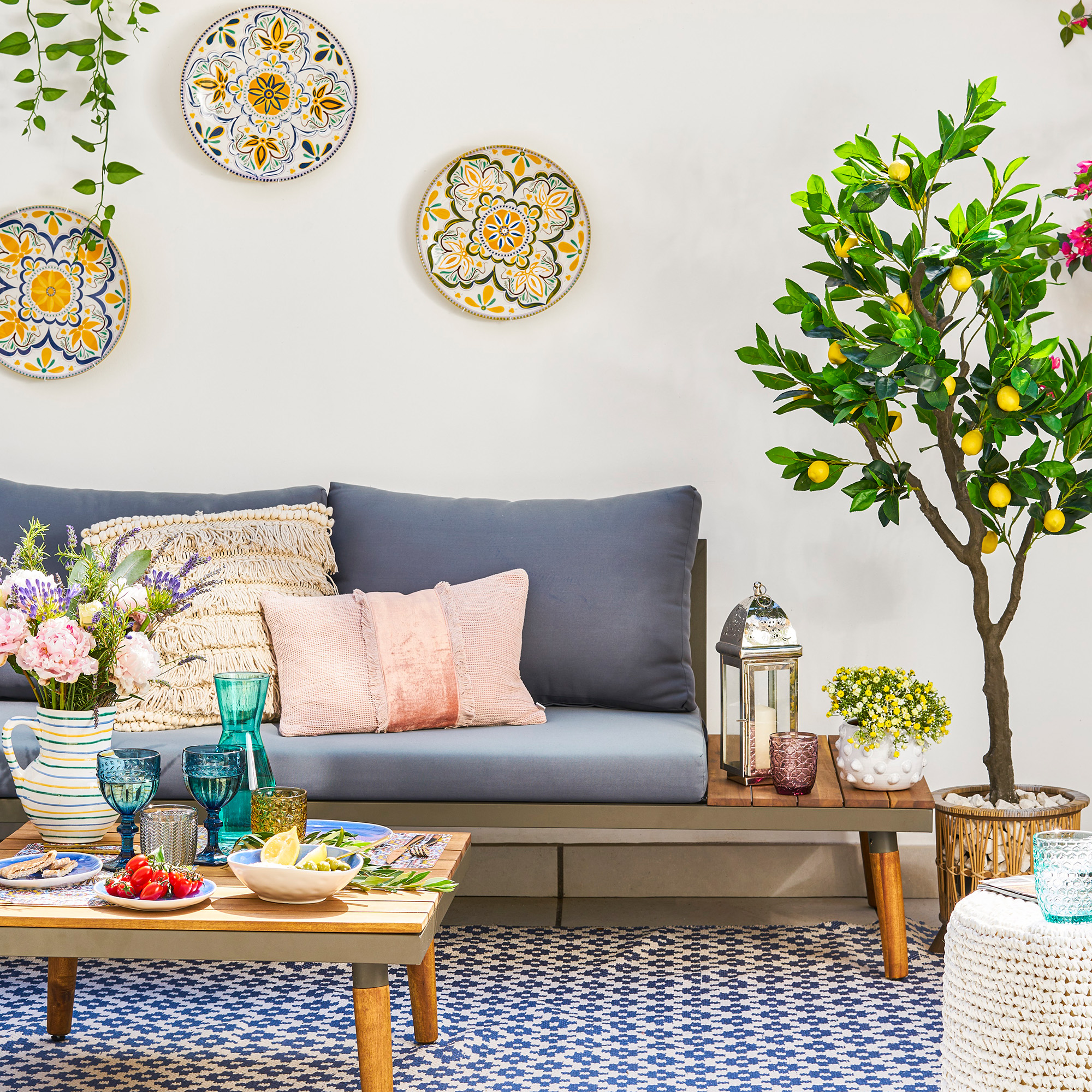 I spent the afternoon looking through Wayfair's garden sale – these are the 6 pieces I'm buying immediately for summer
I spent the afternoon looking through Wayfair's garden sale – these are the 6 pieces I'm buying immediately for summerThese are my must-have garden buys from the sale
By Holly Reaney
-
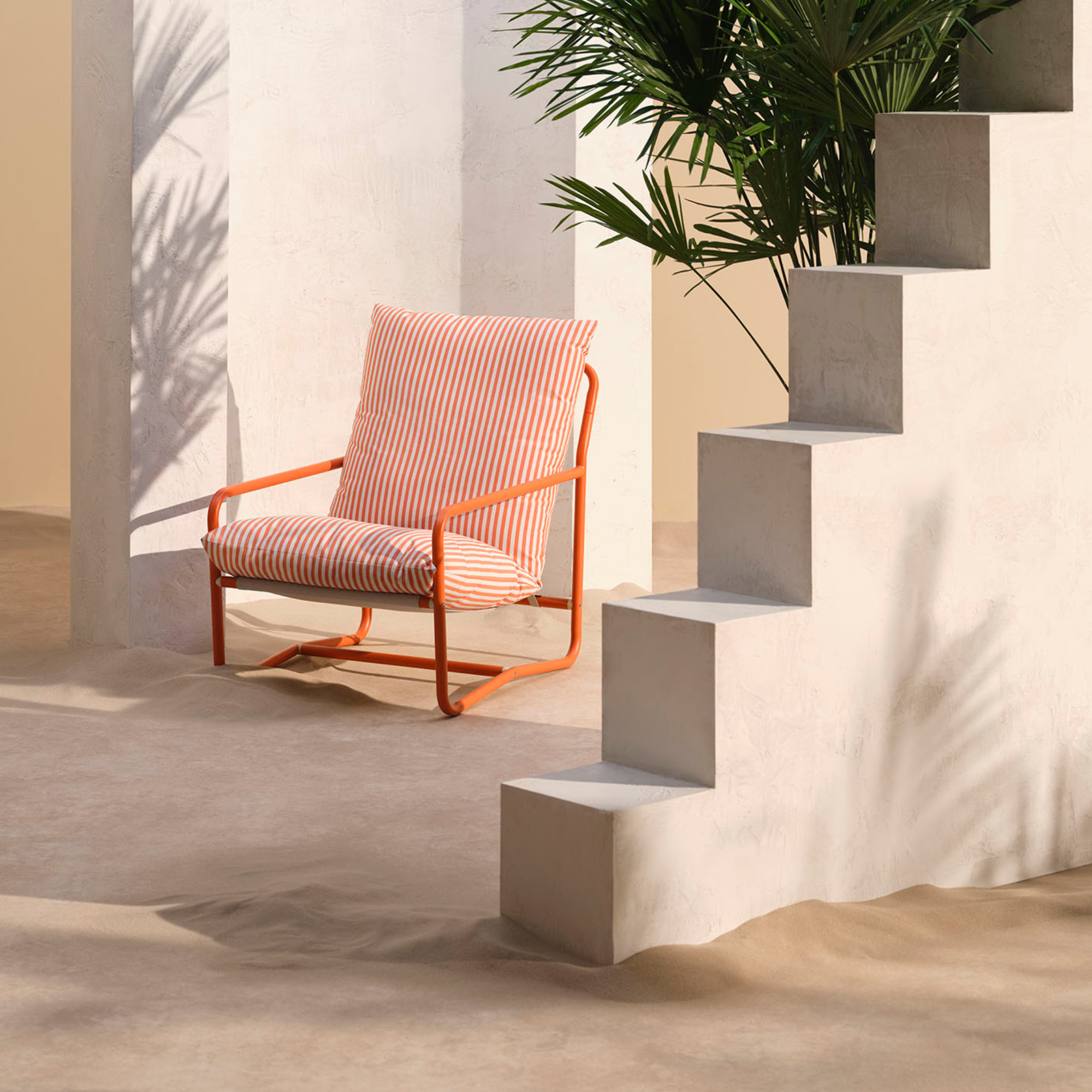 I’ve found the perfect alternative to John Lewis’ sold-out striped garden chair – and you won’t believe where it's from
I’ve found the perfect alternative to John Lewis’ sold-out striped garden chair – and you won’t believe where it's fromJohn Lewis' Sling Garden Chair is one of the most stylish pieces of garden furniture I'd seen – until I tracked down this QVC lounge chair...
By Kezia Reynolds
-
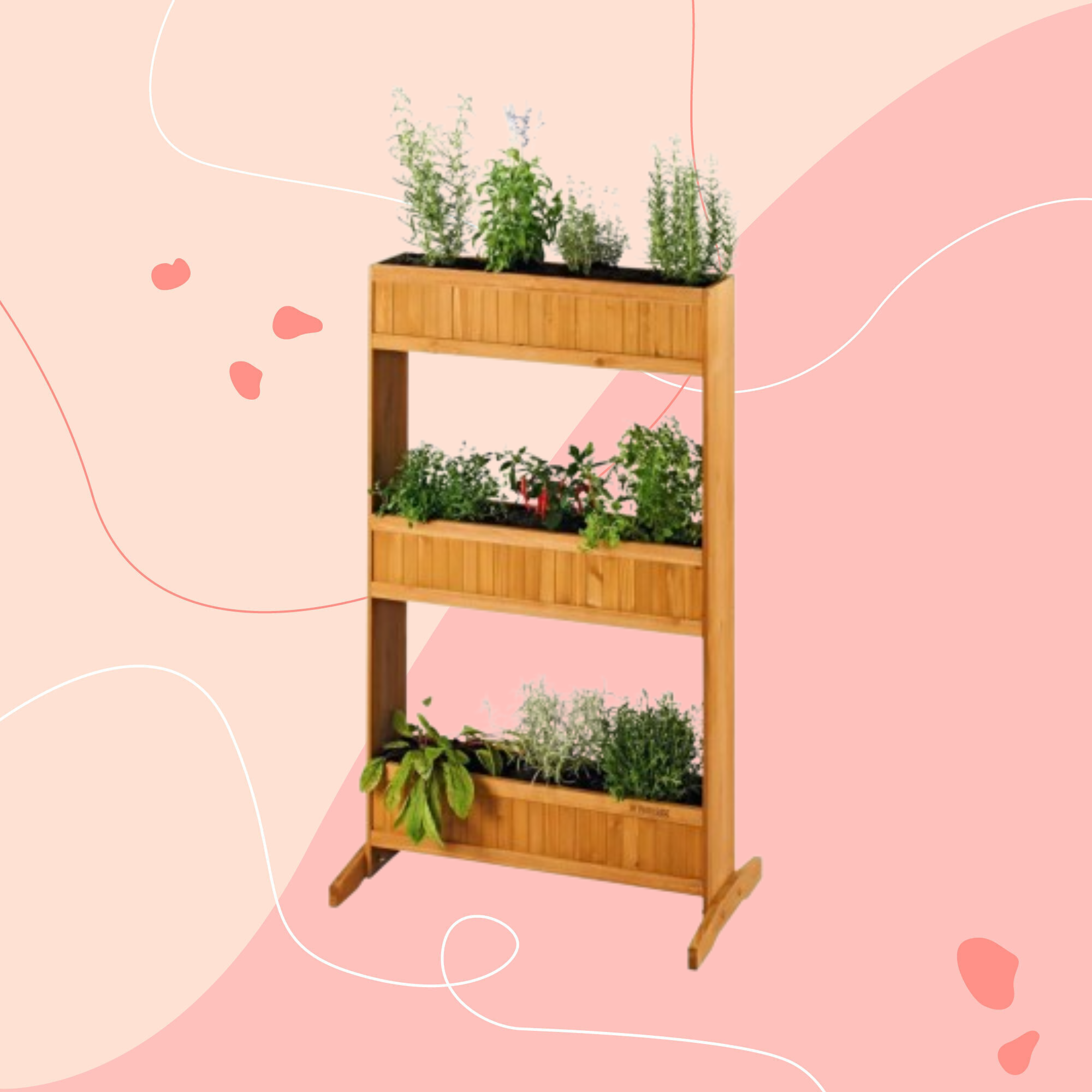 Lidl is selling a smart tiered planter that will unlock extra planting space in a tiny garden or balcony
Lidl is selling a smart tiered planter that will unlock extra planting space in a tiny garden or balconyWhy I've been eyeing this planter up for my tiny garden
By Kezia Reynolds
